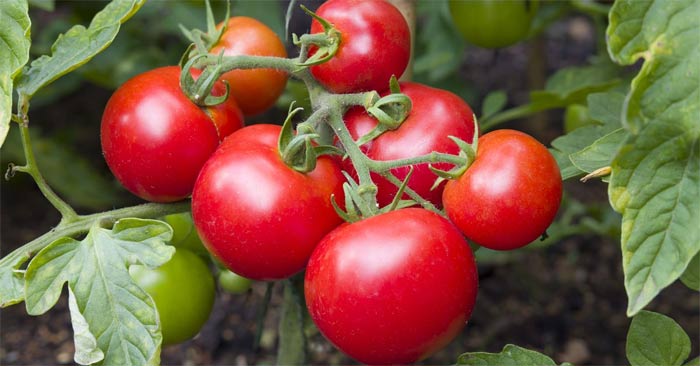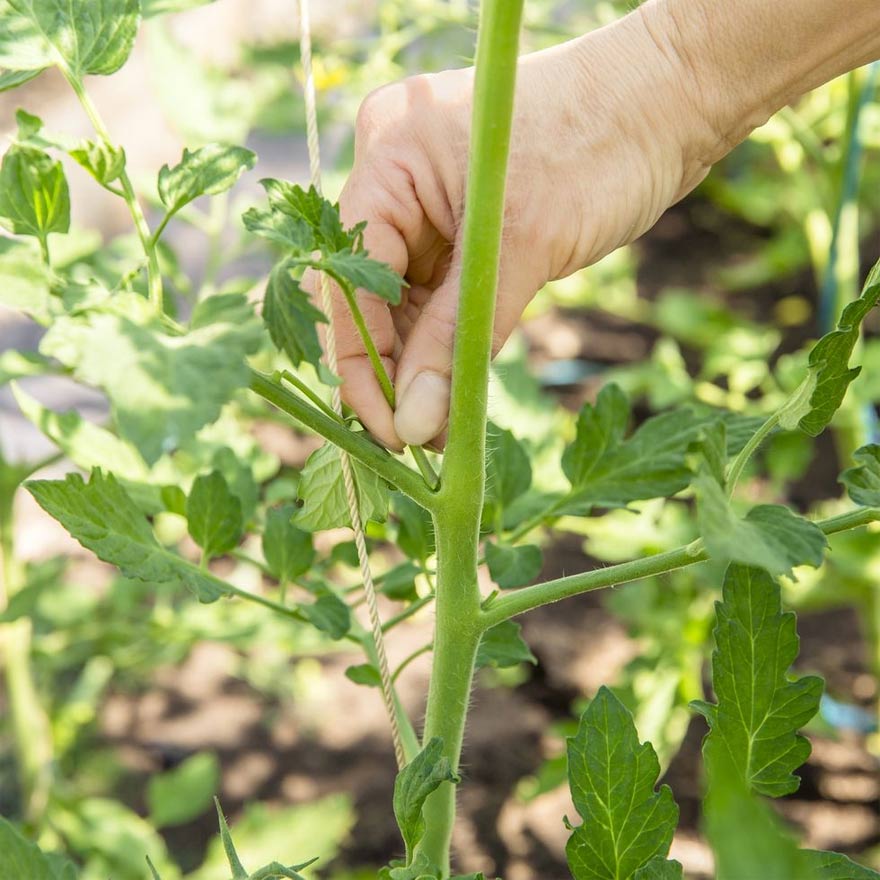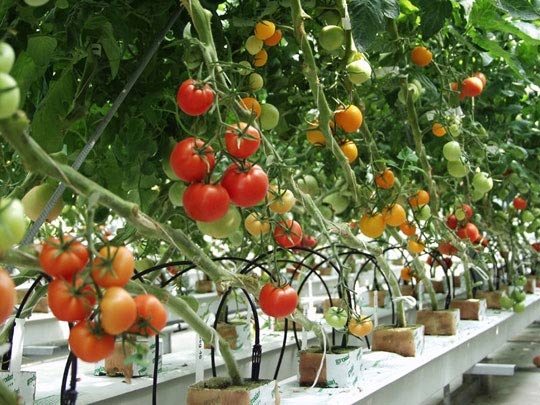Growing tomatoes is not difficult if you know how. Below are the biggest mistakes to avoid for a successful tomato harvest, as shared by experts.

Sweet and juicy tomatoes are a real treat on a hot summer day. The good news is that you can grow them yourself! Growing tasty and healthy tomatoes at home is not difficult, but some mistakes can have serious consequences, such as stunted growth, low yield, and pest problems. However, with a little care and attention, even beginners can harvest a successful crop of tomatoes. Here are the mistakes to avoid for a bountiful tomato harvest.
Mistakes to Avoid When Growing Tomatoes
Planting Too Early
The best time of year to plant tomatoes will depend on your climate and weather conditions. Before planting tomatoes outdoors, night temperatures must consistently stay above 15°C, with daytime temperatures at 21°C or higher. These seedlings are sensitive to frost and low temperatures, so planting too early in the season could result in their death or stunted growth.
Not Providing Enough Nutrition
Don’t forget to fertilize your tomato plants. Especially as they start to fruit, your tomatoes need a consistent supply of nutrients to maintain productivity and healthy growth. When first planting tomatoes, add a spoonful of organic fertilizer to the bottom of the hole before placing the plant in. As your tomato plant grows and fruits, apply fertilizer around the base of the plant every 3 to 4 weeks.
Forgetting to Prune
Pruning is essential for the overall health of your tomato plant. Failing to prune suckers (shoots that appear at the base of the main stem and side branches) and lower leaves can result in excessive foliage and reduced fruiting. Leaving side suckers can cause your tomato plant to become airy, thereby inviting pests and diseases.
Tomato plants are robust; they can handle pruning well. Prune any leaves that come into direct contact with the soil as they can transmit soil-borne diseases. Don’t hesitate to remove any unnecessary branches that your tomato plant produces. Each branch takes energy from the plant, so if you want to redirect that energy into producing more fruit on existing branches, cut off any new branches.

Irregular Watering
Tomato plants thrive in moist soil. Therefore, experts recommend watering them with 2 to 4 centimeters of water per week, slightly more frequently during the peak of summer.
If you don’t trust yourself to water your garden consistently, consider installing a timed irrigation system to provide the same amount of water each month without you having to think about it. Just remember to take rainfall into account and adjust the schedule accordingly, as overwatering can lead to root rot.
Planting Seedlings Too Close Together
Tomato seedlings should be spaced about 55 to 60 centimeters apart. Without proper spacing, tomato seedlings will not have adequate airflow, increasing the risk of pest problems, and they will compete for sunlight, water, and nutrients if planted too closely together.

Not Providing Proper Support
Regardless of the tomato variety, your plants will need support—using cages, stakes, or a more permanent structure, such as a trellis, will do the trick.
Tomatoes have a habit of producing multiple branches to hold their fruit. Without proper support, the weight of the branches can become too much, causing them to sag or even break. As your plant continues to grow throughout the season, you will need a tall and sturdy support system.
Harvesting at the Wrong Time
Failing to harvest tomatoes when they are ripe can cause them to split or rot, inviting unwanted insects and diseases into your garden. You can harvest tomatoes when they are fully ripe or a few days beforehand to let them ripen indoors.
Choosing the Wrong Variety
From heirloom to cherry tomatoes, these fruits come in various shapes and sizes. Consider the space you have and the type of plant you want to grow. Know that bush varieties take up less space and are ideal for container gardening, but they typically only fruit for about two weeks. Indeterminate tomatoes grow longer vines and tend to produce fruit with more diverse flavors.
8 Superfoods to Eat for Brighter Eyes and a Glowing Complexion
Spinach is a nutritional powerhouse, packed with an impressive array of vitamins and minerals. It is an excellent source of calcium, chloride, iron, magnesium, manganese, potassium, and vitamins A, C, E, K, B6, and B9 (folate). Spinach also contains a good amount of choline and riboflavin. This leafy green vegetable is a true superfood, offering an abundance of health benefits for your body and skin.














